Around eight years ago I did some of my university research project at Buxton heath just north of Norwich in the UK. At the time I recall seeing beautiful blue butterflies there but I didn’t have a good camera at the time. I was studying snakes and lizards then and my interest in butterflies was nothing like it is now.
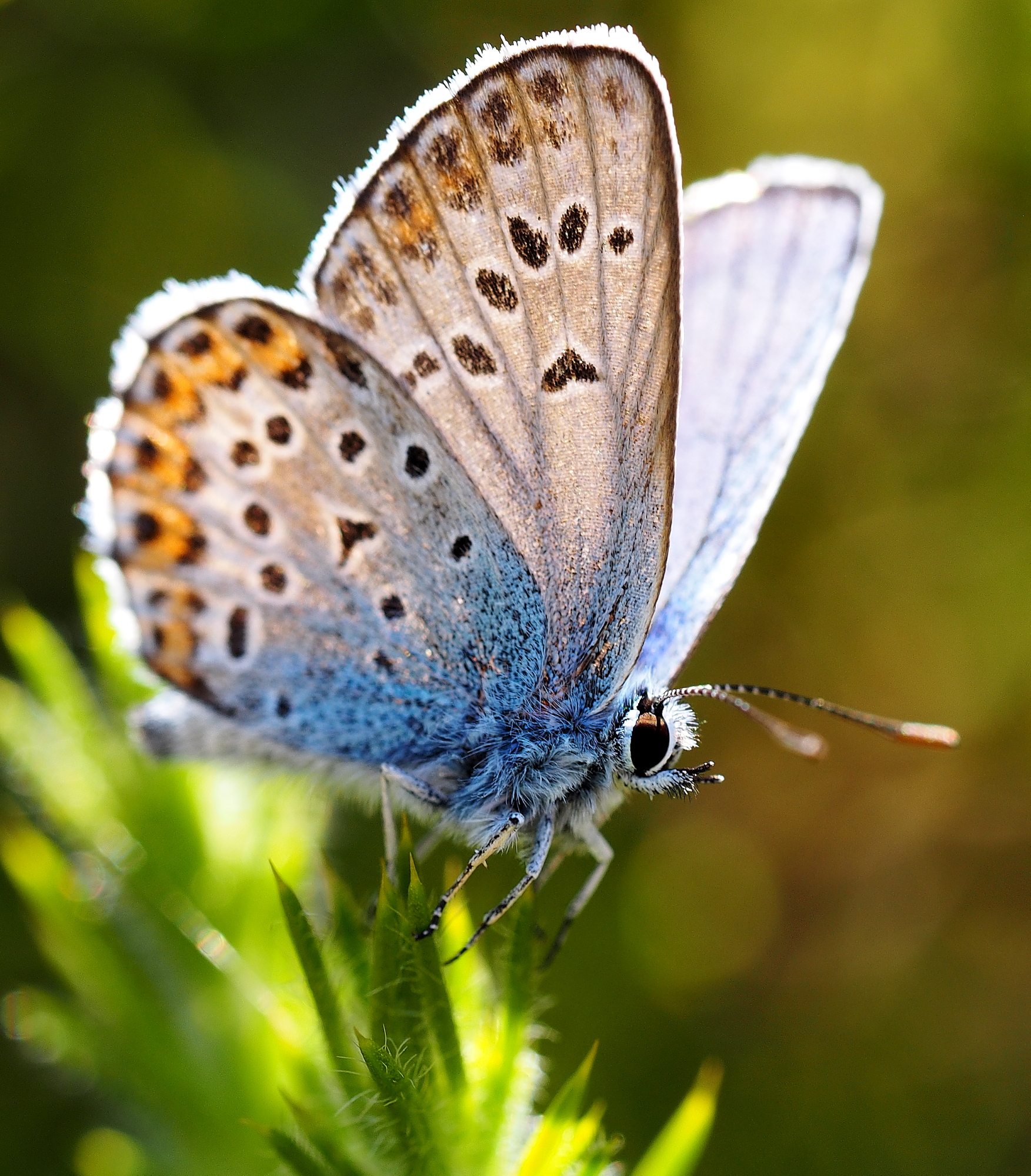
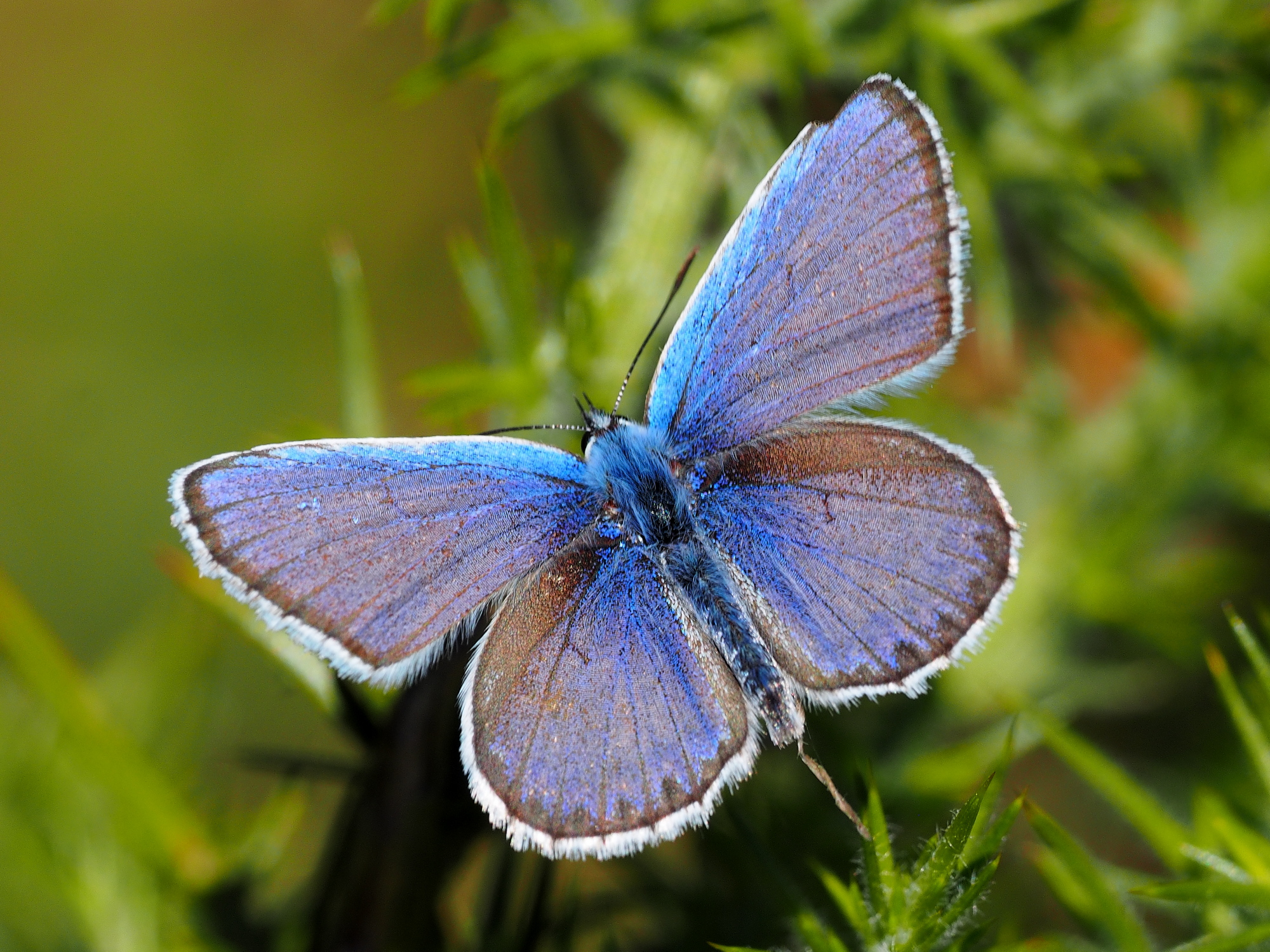
I later discovered that the butterflies I saw there must have been silver studded blues. They have suffered a big decline in population in the UK. The main reason, again, is habitat destruction. They are also not at all keen on leaving the areas where they hatch, so much so that they are unlikely to venture more than about 40 meters from where they hatch. This makes it a very slow process for colonies to spread.
Yesterday I thought I would go to try and get my first silver-studded blue images. I knew the first adults should have just recently hatched out and there would be some beautiful fresh butterflies to photograph.
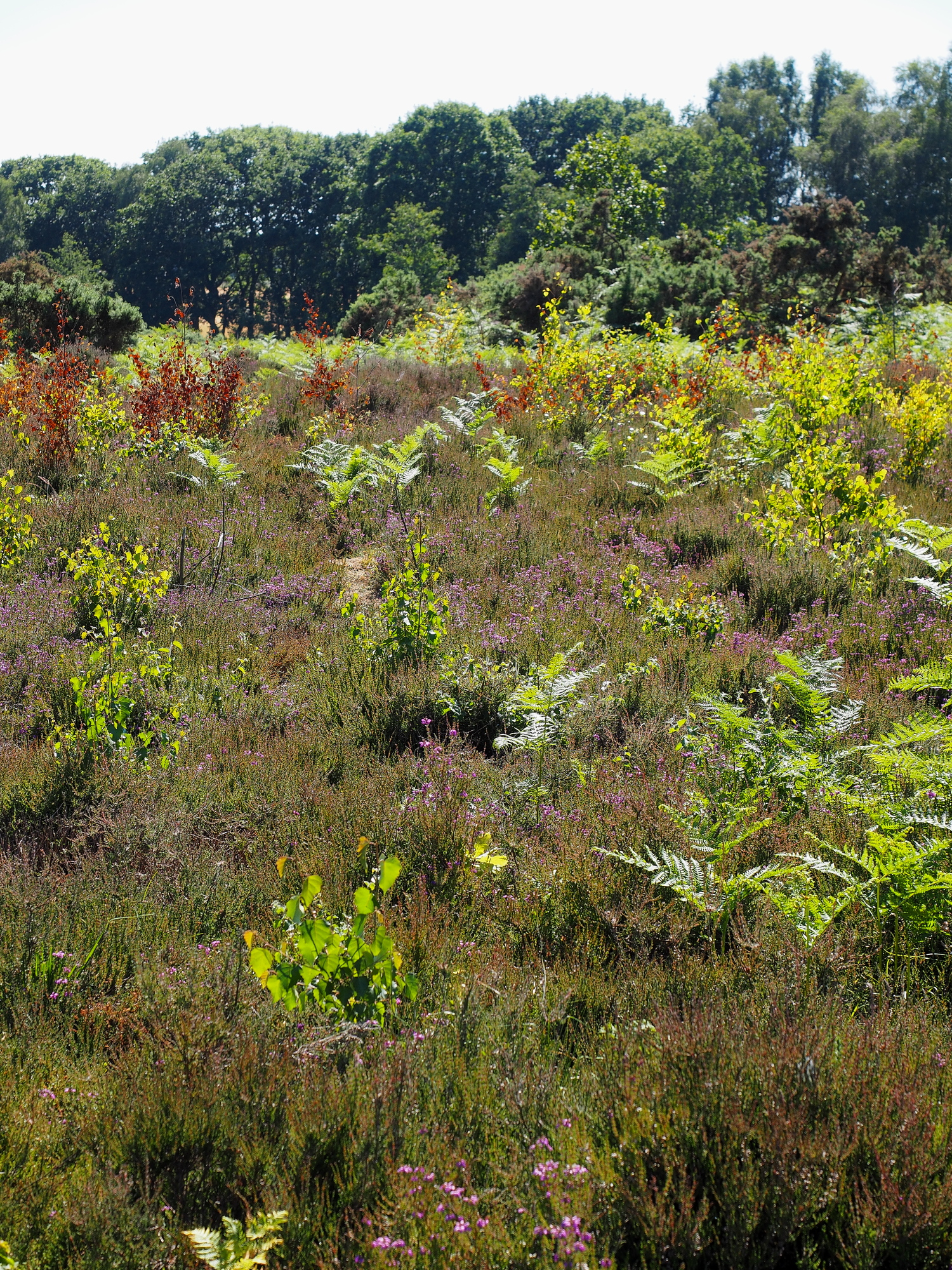
Once I got there it did not take me long at all to find them. As soon as I got onto the heathland I started to see them all over.
At first all I was seeing were males. They were a beautiful bright blue on top with lovely pale blue and grey underwings with orange and black spots with a few of the shiny silver spots which give the species their name. I did find several males though, that had no discernible silver studs. They would fly strongly in little loops around their patch and often perch on prominent bits of heather. I was getting good images with my large 300mm lens but when I went in close with the macro they were a bit jittery. I had to do some sneaky low level approaches to get my macro shots but did succeed in getting some great shots.
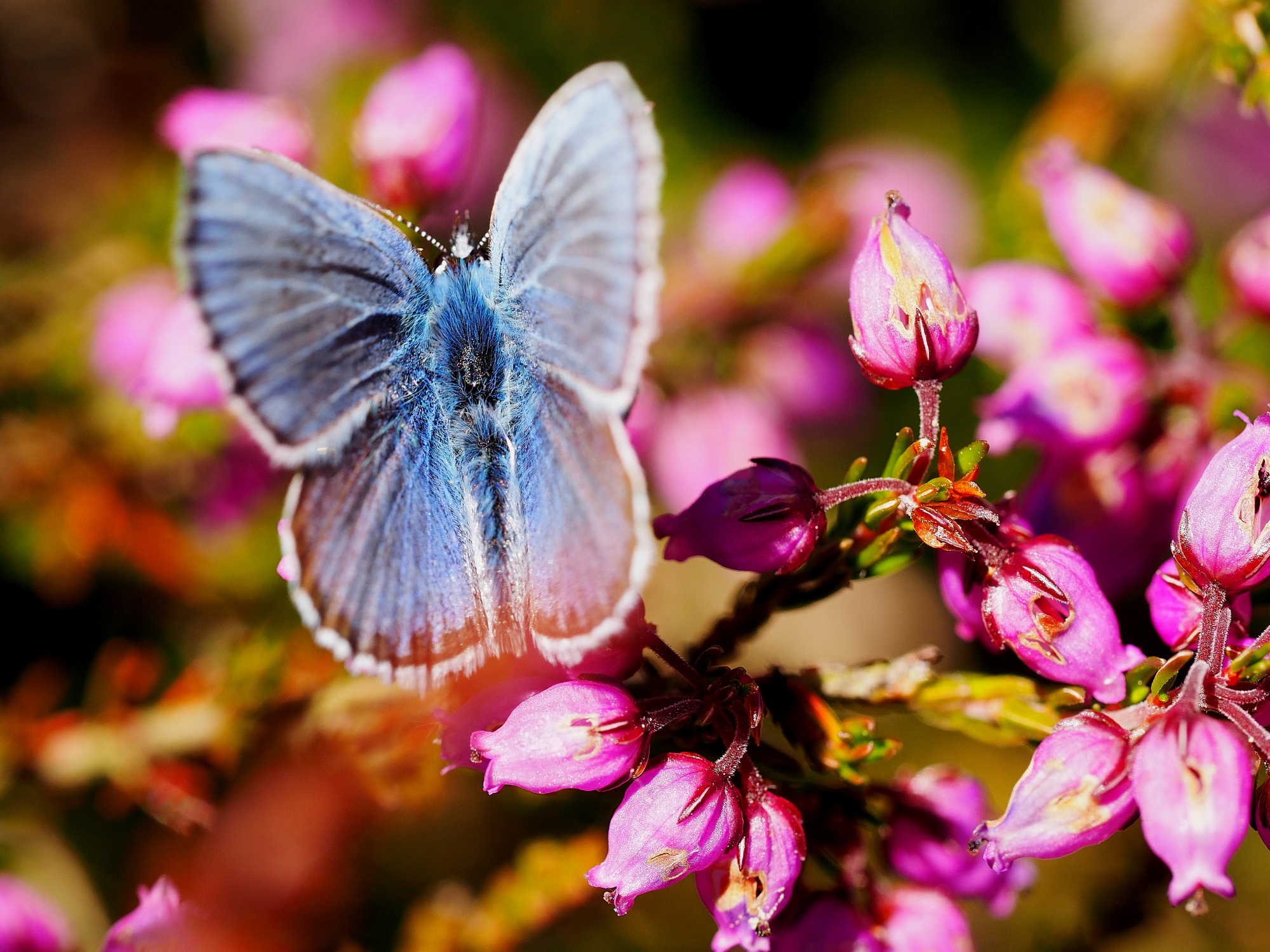
I must have seen about 30 or so males before I saw the first female. Being sexuallydimorphic they have no blue on the upper wings. Instead they have brown, subtlety iridescent wings that are quite lovely when they catch the light.
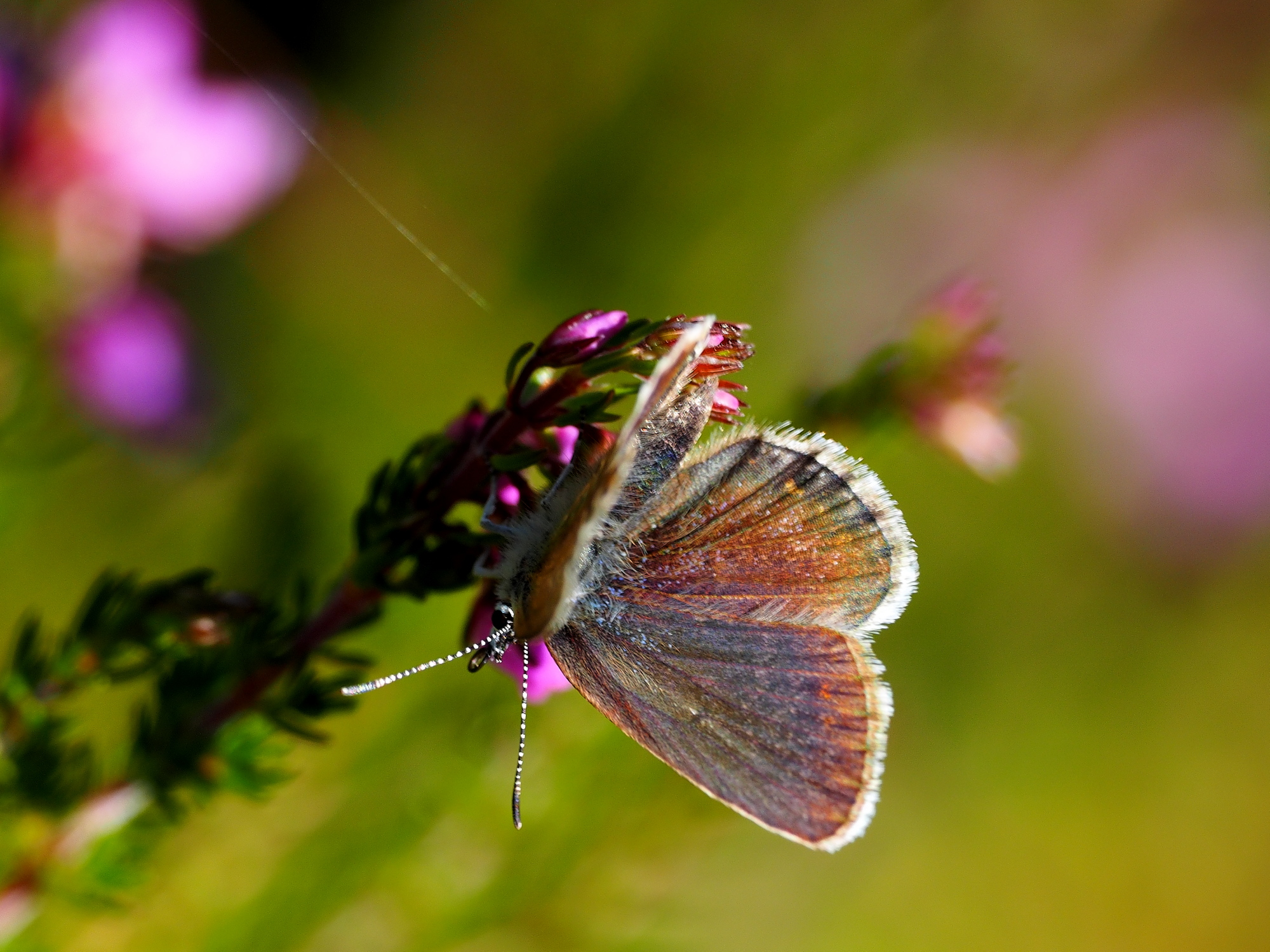
When one of the females would take to the air they would rapidly attract the attention on any males in close proximity who would set of after them in hot pursuit. Sometimes there would be up to three males swooping and diving around a female trying to grab her. She would then often dive into the heather and crawl down into the bush. Sometime a male would try and follow her then she would turn around and fend them off. I did not see any males successfully mating with a female. They must be quite picky about who they select, which is perfectly understandable.
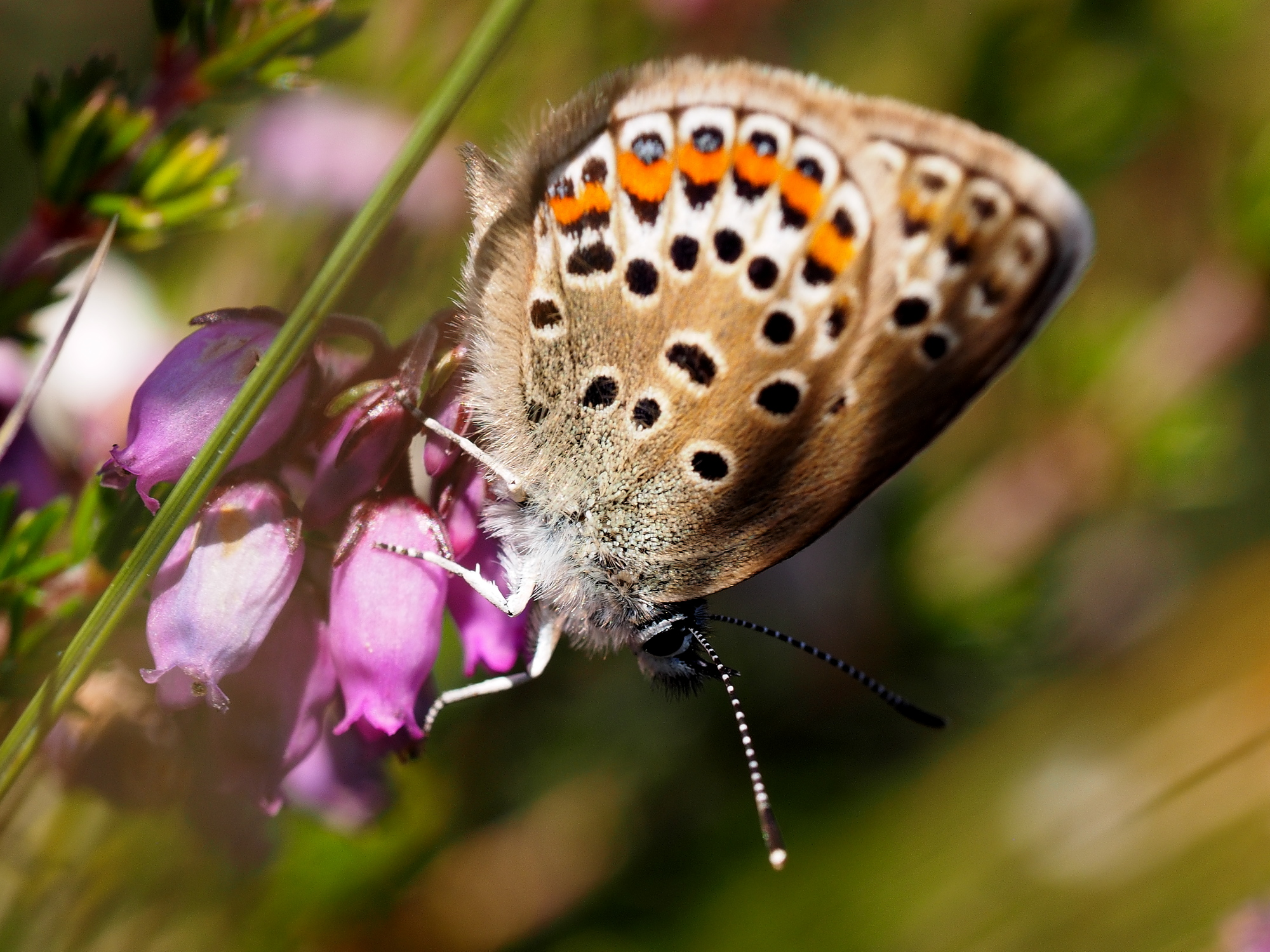
I had a good look around the site and was very pleased to see that there were silver-studded blues just about everywhere there was a good patch of heather heathland.
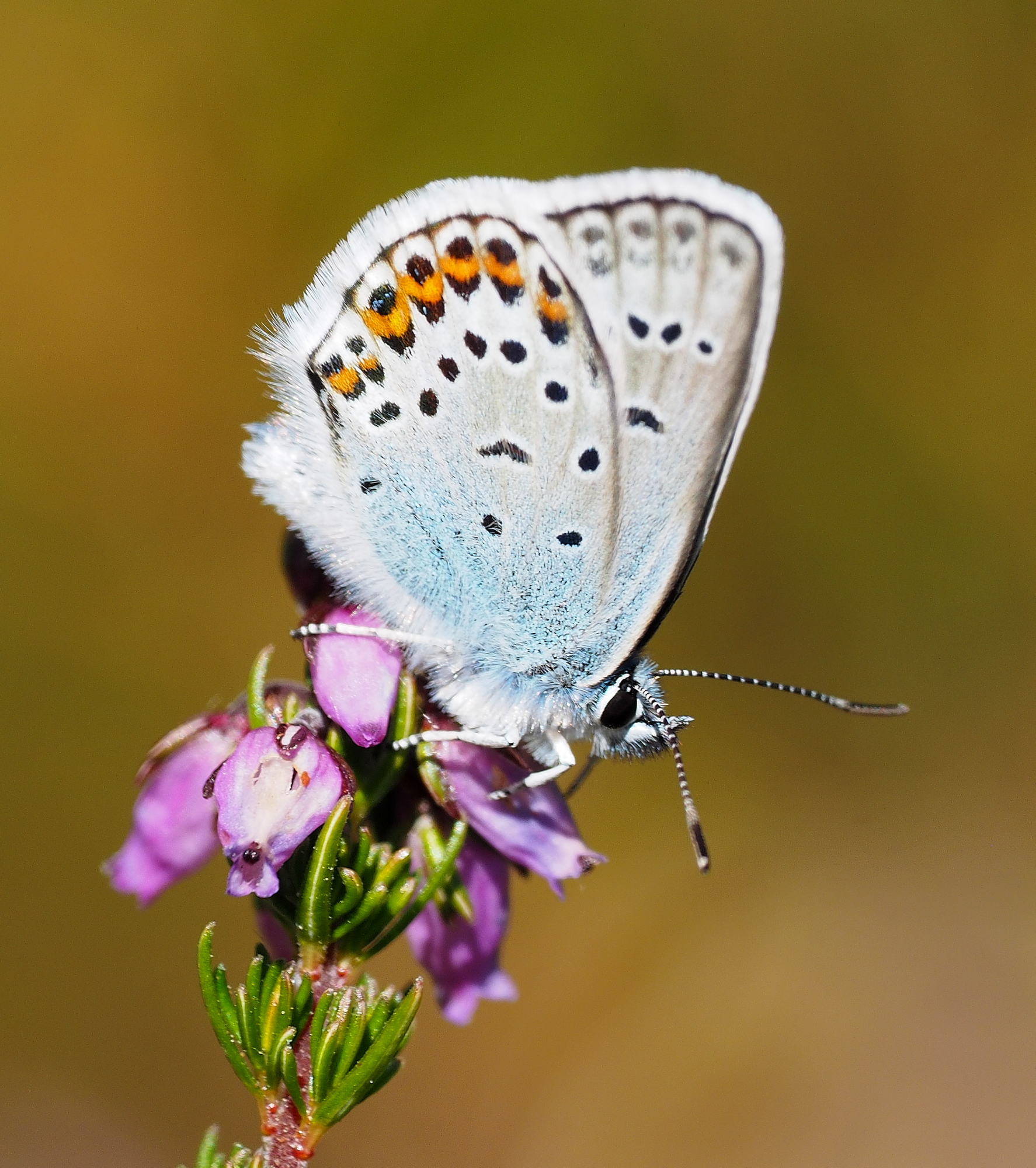
I met a few other butterfly enthusiasts there who had come to see the spectacle. They told me that they seem to be spreading over the site to areas where they were not usually seen before which much be good news for the colony. I reckon I must have seen over 200 of them there yesterday. I did also find one male who must have just emerged and was in the process of inflating his wings for his first flight.
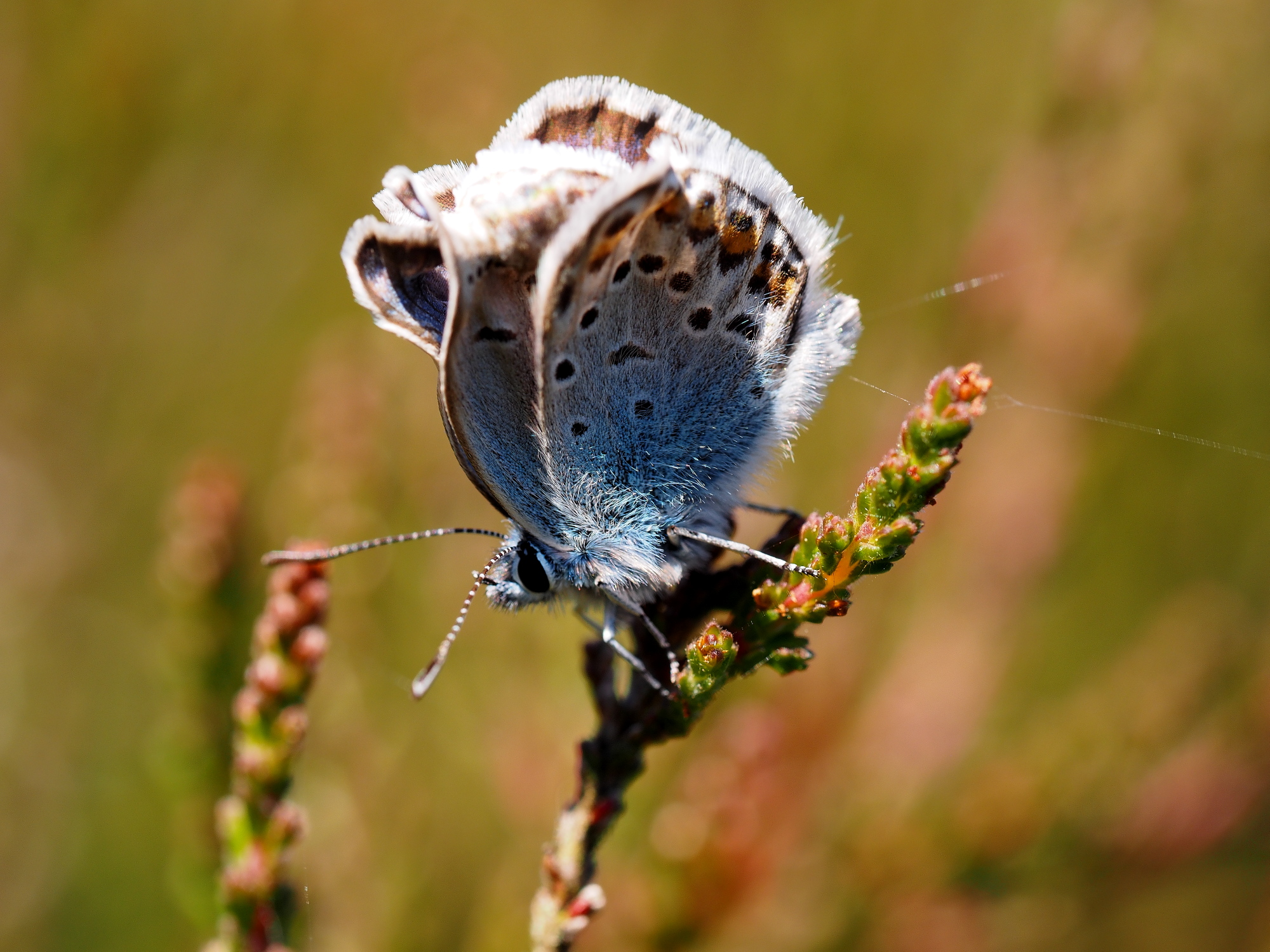
The lives of silver-studded blues are closely associated with ants of two species. They require patches of short vegetation with specific temperature requirements. Apparently research has shown that the highest densities of these butterfly are found in areas that have been cleared by fire or grazing and have been allowed to grow back for around four years. Their habitat requirements means that sites like this need to be carefully managed in order to sustain good healthy populations. This of course presents a challenge and there are other organisms in these places that need different habitats. This is the reason why practical ecology can be such a tricky thing to get right!
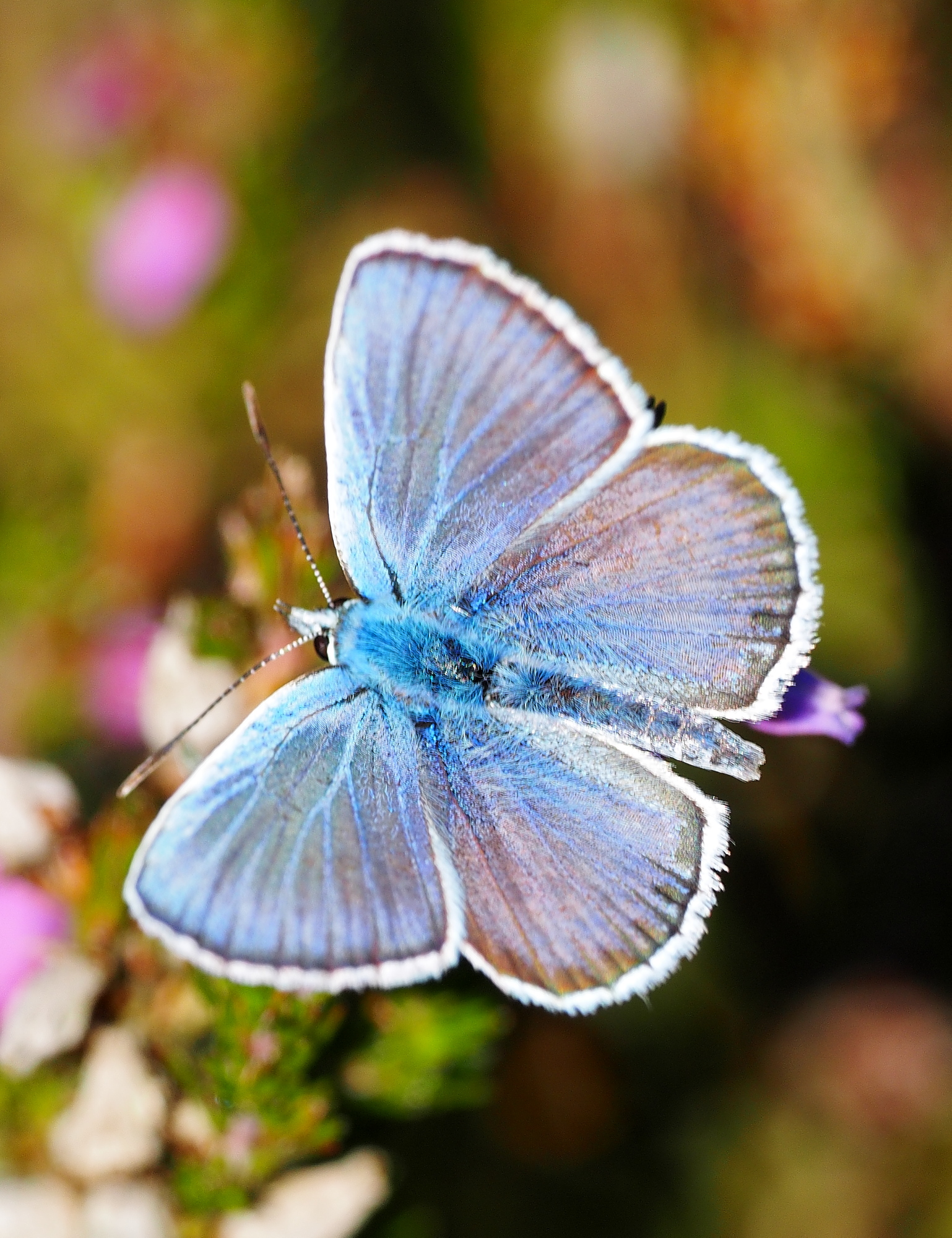
I didn’t spend too long looking for other species as I didn’t have a lot of time there. I did spot many little skippers buzzing about and plenty of small heath and large whites and also a single speckled wood.
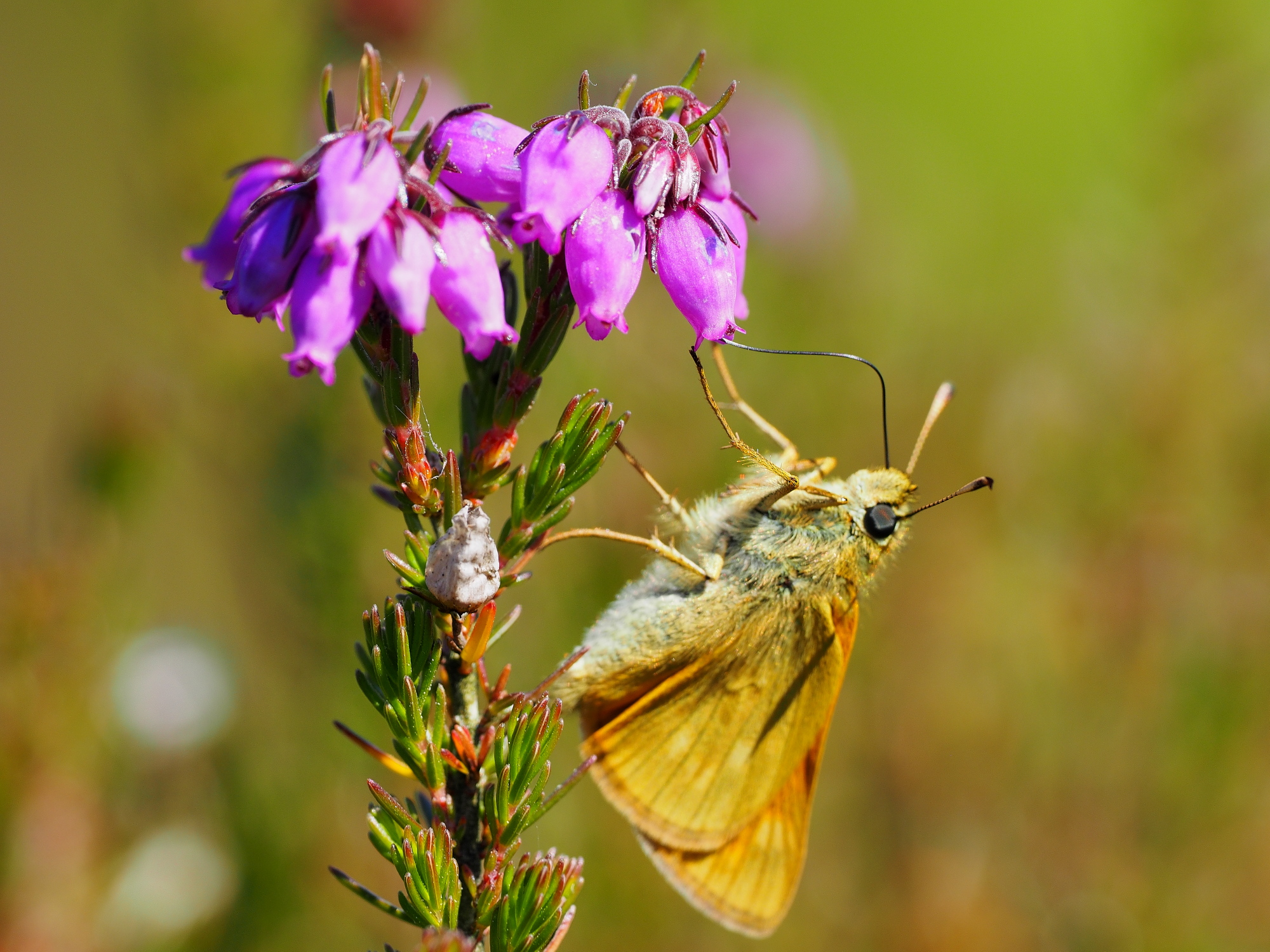
There were also many dragonflies about and I got this shot of one.
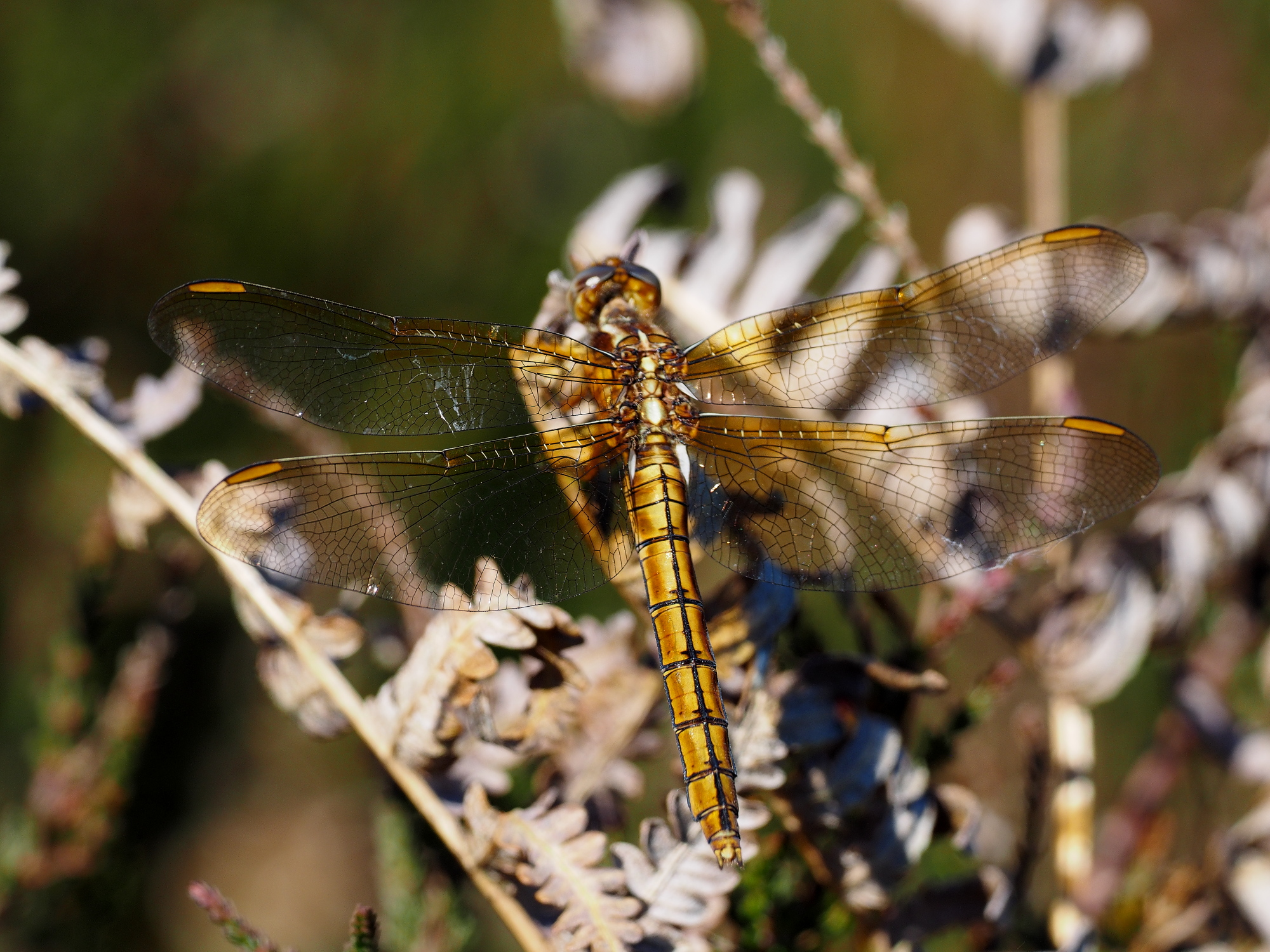
I do know there are supposed to be some rare dragonflies here but I must admit I know very little about these charismatic predatory insects. Another thing I shall have to devote some time to, eventually.
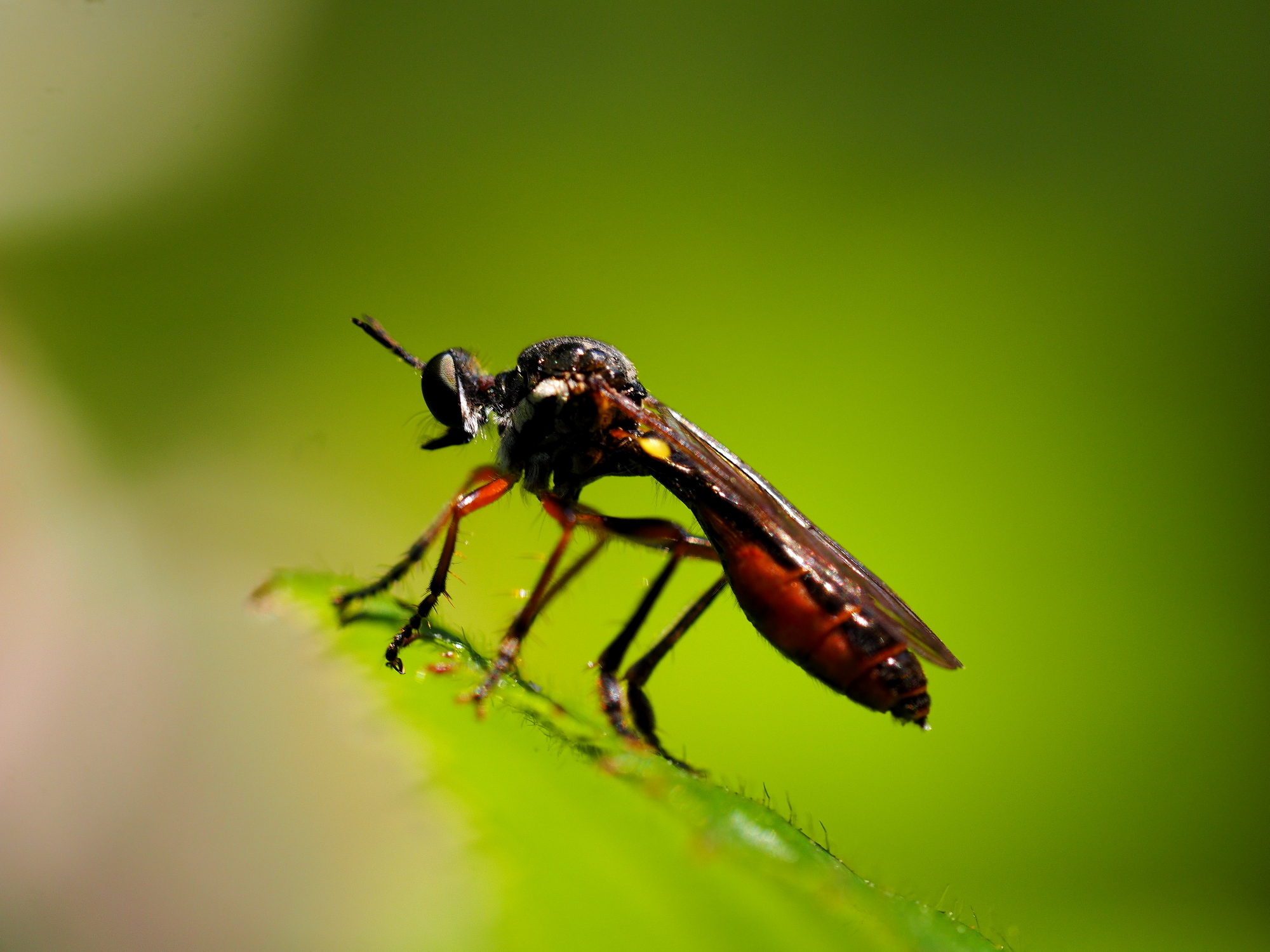
Finally here is a shot of a little assasin fly waiting to ambush some small insect as it flies past! :-)